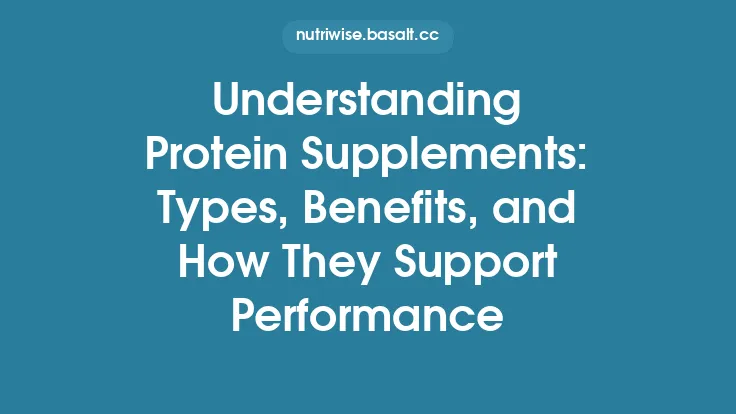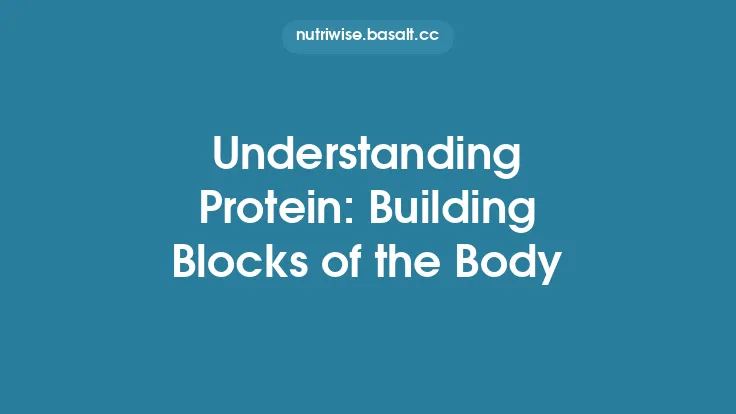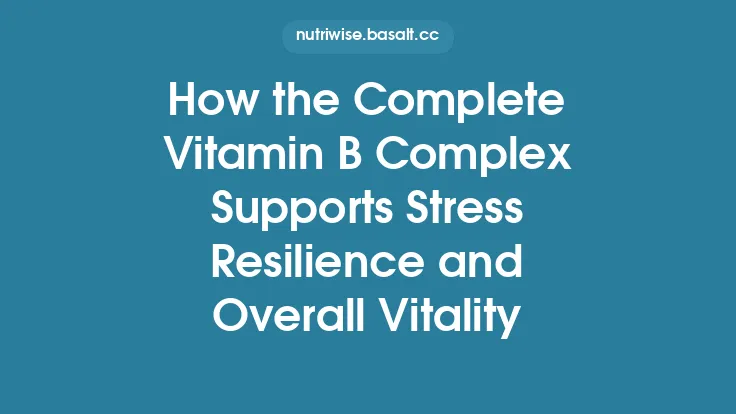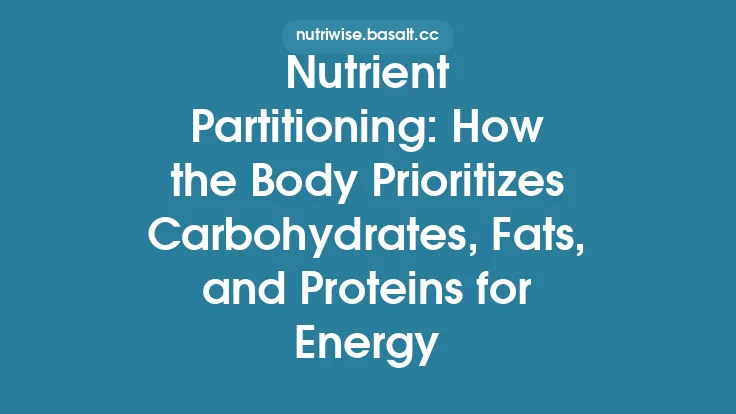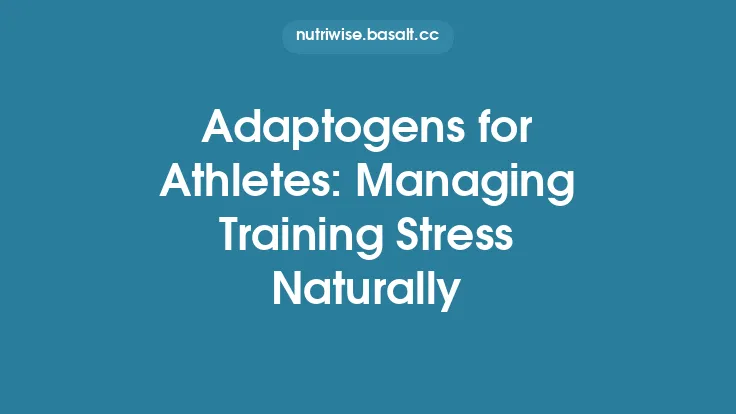Adaptogens are a class of natural substances that have garnered increasing attention for their purported ability to help the body maintain equilibrium in the face of physical, emotional, and environmental stressors. Unlike conventional pharmaceuticals that often target a single pathway, adaptogens are thought to act on multiple physiological systems, promoting a balanced response rather than simply suppressing symptoms. This holistic perspective aligns with the growing interest in supporting the body’s innate capacity for resilience, a concept that resonates across disciplines ranging from endocrinology to psychoneuroimmunology.
What Defines an Adaptogen?
The term “adaptogen” was first coined in the mid‑20th century by Russian pharmacologists who were seeking a scientific framework for traditional herbal remedies. To be classified as an adaptogen, a substance must satisfy three core criteria:
- Nonspecific Resistance – It should increase the organism’s overall resistance to a broad spectrum of stressors, not just a single type.
- Normalizing Effect – It must exert a balancing influence, helping the body return to homeostasis without causing excessive stimulation or suppression.
- Low Toxicity – The agent should be safe for long‑term use, with minimal adverse effects at therapeutic doses.
These criteria distinguish adaptogens from other phytochemicals that may have potent pharmacological actions but lack the broad, regulatory profile required for adaptive support.
A Brief Historical Overview
The concept of using plants to bolster the body’s stress response is ancient. Traditional medical systems—Ayurveda, Traditional Chinese Medicine (TCM), and Indigenous healing practices—have long employed herbs such as *Withania somnifera (ashwagandha) and Panax ginseng* to promote vitality and endurance. In the 1940s and 1950s, Soviet scientists, notably Dr. Nikolai Lazarev and Dr. Israel Brekhman, systematically investigated these botanicals, coining the term “adaptogen” to describe their observed effects on performance and recovery under extreme conditions. Their work laid the groundwork for modern pharmacological inquiry, prompting a wave of preclinical and clinical studies that continue to shape our understanding today.
The Physiology of Stress
To appreciate how adaptogens may modulate stress, it is essential to grasp the underlying biological circuitry. Stress triggers a cascade that begins in the brain’s limbic system, particularly the amygdala, which perceives threat and activates the hypothalamic‑pituitary‑adrenal (HPA) axis. The hypothalamus releases corticotropin‑releasing hormone (CRH), prompting the pituitary gland to secrete adrenocorticotropic hormone (ACTH). ACTH then stimulates the adrenal cortex to produce glucocorticoids—chiefly cortisol in humans.
Cortisol serves several adaptive functions: it mobilizes glucose, suppresses nonessential immune activity, and modulates cardiovascular tone. However, chronic elevation of cortisol can lead to dysregulation of metabolic pathways, impaired cognition, and heightened inflammation. Parallel to the HPA axis, the sympathetic nervous system (SNS) releases catecholamines (epinephrine, norepinephrine), further amplifying the “fight‑or‑flight” response. The interplay between these systems determines the organism’s capacity to cope with stressors and to recover thereafter.
Mechanistic Pathways of Adaptogenic Action
Adaptogens appear to influence stress physiology at multiple nodal points, thereby fostering a more measured response. The principal mechanisms identified in experimental models include:
- Modulation of the HPA Axis – Certain adaptogens attenuate the release of CRH and ACTH, leading to a moderated cortisol output. This effect can prevent the deleterious consequences of hypercortisolemia while preserving the hormone’s essential metabolic functions.
- Regulation of Neurotransmitter Balance – Adaptogenic compounds have been shown to affect serotonergic, dopaminergic, and GABAergic signaling. By enhancing serotonergic tone or stabilizing dopamine turnover, they may improve mood and cognitive flexibility under stress.
- Antioxidant Defense Enhancement – Oxidative stress is a common downstream effect of prolonged cortisol exposure. Adaptogens often upregulate endogenous antioxidant enzymes such as superoxide dismutase (SOD), catalase, and glutathione peroxidase, mitigating cellular damage.
- Immunomodulation – Through effects on cytokine production (e.g., reducing pro‑inflammatory IL‑6 and TNF‑α while promoting anti‑inflammatory IL‑10), adaptogens help maintain immune equilibrium, preventing the immunosuppressive fallout of chronic stress.
- Mitochondrial Protection – Some adaptogenic constituents improve mitochondrial biogenesis and efficiency, supporting cellular energy production during periods of heightened demand.
These actions are not mutually exclusive; rather, they converge to produce a systemic “buffering” effect that enhances resilience.
Molecular Targets: From Receptors to Gene Expression
At the molecular level, adaptogens interact with a variety of receptors and transcription factors:
- Glucocorticoid Receptor (GR) Modulation – By influencing GR sensitivity, adaptogens can fine‑tune cortisol signaling, ensuring that downstream gene expression reflects the actual physiological need.
- Heat Shock Proteins (HSPs) – Upregulation of HSP70 and HSP90 has been observed following adaptogen exposure. These chaperone proteins assist in protein folding and protect cells from stress‑induced denaturation.
- Nuclear Factor‑κB (NF‑κB) Pathway – Inhibition of NF‑κB translocation to the nucleus reduces the transcription of pro‑inflammatory genes, aligning with the anti‑inflammatory profile of many adaptogens.
- AMP‑Activated Protein Kinase (AMPK) Activation – By stimulating AMPK, adaptogens promote catabolic pathways that generate ATP, supporting energy homeostasis during stress.
The breadth of these targets underscores why adaptogens are described as “pleiotropic” agents—capable of exerting multiple, interrelated effects that collectively promote adaptive capacity.
Evidence Landscape: From Bench to Bedside
Research on adaptogens spans in vitro assays, animal models, and human clinical trials. Preclinical studies frequently employ stress paradigms such as restraint, forced swim, or chronic unpredictable stress to evaluate behavioral and biochemical outcomes. Findings consistently demonstrate reduced cortisol surges, improved performance in learning and memory tasks, and attenuated markers of oxidative damage.
Human investigations, though more heterogeneous, have reported:
- Reduced Perceived Stress – Measured via validated scales (e.g., Perceived Stress Scale), participants receiving adaptogenic supplementation often report lower subjective stress levels.
- Improved Cognitive Function – Tasks assessing working memory, attention, and psychomotor speed show modest gains in adaptogen‑treated groups.
- Balanced Hormonal Profiles – Salivary cortisol rhythms tend to normalize, with a more pronounced diurnal decline, indicating restored HPA axis rhythm.
It is important to note that many trials are limited by small sample sizes, short durations, and variability in formulation. Nonetheless, the cumulative data support a biologically plausible role for adaptogens in stress modulation.
Benefits Extending Beyond Acute Stress Management
While the primary focus of adaptogenic action is stress mitigation, the downstream effects can translate into broader health advantages:
- Metabolic Support – By stabilizing cortisol and enhancing mitochondrial function, adaptogens may aid in glucose regulation and lipid metabolism.
- Neuroprotective Potential – Antioxidant and anti‑inflammatory actions protect neuronal integrity, which could be relevant for age‑related cognitive decline.
- Sleep Quality – Normalization of the HPA axis often leads to improved sleep architecture, as cortisol’s nocturnal decline is a key driver of sleep onset.
- Mood Stabilization – Modulation of serotonergic and dopaminergic pathways can contribute to a more balanced affective state, reducing susceptibility to stress‑related mood disturbances.
These ancillary benefits reinforce the concept of adaptogens as “systemic regulators” rather than isolated symptom relievers.
Gaps in Knowledge and Future Directions
Despite encouraging findings, several knowledge gaps persist:
- Standardization of Extracts – Variability in phytochemical composition hampers reproducibility across studies. Advanced analytical techniques (e.g., LC‑MS/MS fingerprinting) are needed to define active constituent profiles.
- Long‑Term Safety and Tolerability – While acute use appears safe, longitudinal data on chronic consumption remain limited.
- Mechanistic Elucidation in Humans – Direct measurement of molecular targets (e.g., GR sensitivity, HSP expression) in clinical settings is technically challenging but essential for confirming translational relevance.
- Population‑Specific Effects – Age, sex, genetic polymorphisms (e.g., in cortisol‑metabolizing enzymes), and baseline stress levels may modulate response, warranting stratified research designs.
Emerging methodologies such as metabolomics, transcriptomics, and systems biology modeling hold promise for unraveling the complex interplay between adaptogens and human physiology.
Integrating Adaptogens into a Balanced Lifestyle
For individuals seeking to harness adaptogenic benefits, the following principles can guide thoughtful incorporation:
- Consistency Over Quantity – Regular, moderate intake aligns with the concept of “building resilience” rather than acute “stress relief.”
- Synergy with Lifestyle Factors – Adequate sleep, nutrition, physical activity, and stress‑reduction techniques (e.g., mindfulness) amplify the adaptive response.
- Personalized Approach – Monitoring subjective stress levels, energy, and sleep patterns can help fine‑tune the choice and timing of adaptogenic supplementation.
- Evidence‑Based Selection – Preference should be given to products supported by transparent manufacturing practices and third‑party testing, even though detailed label analysis is beyond the scope of this discussion.
By viewing adaptogens as one component of a comprehensive stress‑management strategy, users can optimize their overall well‑being without relying on any single intervention.
Concluding Perspective
Adaptogens occupy a unique niche at the intersection of traditional herbal wisdom and modern biomedical science. Their capacity to modulate the HPA axis, support cellular homeostasis, and temper inflammatory cascades positions them as valuable allies in the quest for stress resilience. While the evidence base continues to evolve, the prevailing mechanistic insights suggest that adaptogens act not merely as “stress blockers” but as facilitators of the body’s intrinsic adaptive machinery. As research advances and standardization improves, these botanicals may become integral to personalized, preventive health paradigms that prioritize balance, longevity, and quality of life.
